Expansion of the Automotive Sector
The expansion of the automotive sector in the Asia-Pacific region is significantly influencing the Machine Tool Market. With the rise of electric vehicles and advancements in automotive technology, there is a heightened demand for sophisticated machine tools that can produce complex components. The automotive industry is projected to grow at a CAGR of 8% through 2027, which will likely lead to increased investments in machine tools. Manufacturers are focusing on enhancing their production capabilities to meet the evolving needs of the automotive sector, thereby driving the demand for advanced machining solutions. This trend underscores the critical role of machine tools in supporting the automotive industry's transformation.
Government Initiatives and Investments
Government initiatives across various Asia-Pacific nations are playing a pivotal role in the growth of the Machine Tool Market. Countries like Japan, South Korea, and China are investing heavily in advanced manufacturing technologies to boost their industrial capabilities. For instance, China's 'Made in China 2025' initiative aims to transform the country into a manufacturing powerhouse, which includes significant investments in machine tools. These initiatives not only enhance the competitiveness of local industries but also attract foreign investments, further stimulating market growth. The anticipated increase in government funding for research and development in machine tool technologies is likely to foster innovation and efficiency in the sector.
Rising Demand for Precision Engineering
The Asia-Pacific Machine Tool Market is experiencing a notable surge in demand for precision engineering solutions. Industries such as aerospace, automotive, and electronics are increasingly requiring high-precision components to meet stringent quality standards. This trend is reflected in the projected growth of the machine tool market, which is expected to reach USD 30 billion by 2026. The need for advanced machining technologies that can deliver intricate designs with minimal tolerances is driving manufacturers to invest in state-of-the-art machine tools. As a result, companies are focusing on enhancing their production capabilities to cater to this growing demand, thereby propelling the overall market forward.
Growing Focus on Customization and Flexibility
The Asia-Pacific Machine Tool Market is witnessing a growing emphasis on customization and flexibility in manufacturing processes. As consumer preferences evolve, manufacturers are compelled to produce tailored products in smaller batches. This shift necessitates the use of versatile machine tools that can adapt to varying production requirements. The market is responding to this trend by developing multi-functional machines capable of handling diverse tasks. This adaptability not only enhances production efficiency but also reduces lead times, making it a crucial factor for manufacturers aiming to remain competitive. The increasing demand for customized solutions is expected to further drive the growth of the machine tool market.
Integration of Automation and Smart Manufacturing
The integration of automation and smart manufacturing technologies is reshaping the Asia-Pacific Machine Tool Market. As industries strive for greater efficiency and productivity, the adoption of automated machine tools is becoming increasingly prevalent. The market for smart manufacturing solutions is projected to grow at a CAGR of 12% over the next five years, indicating a strong shift towards Industry 4.0. This transition is characterized by the use of IoT, AI, and data analytics to optimize production processes. Manufacturers are leveraging these technologies to enhance operational efficiency, reduce downtime, and improve product quality, thereby driving the demand for advanced machine tools.


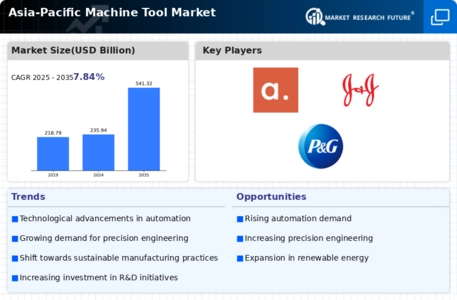
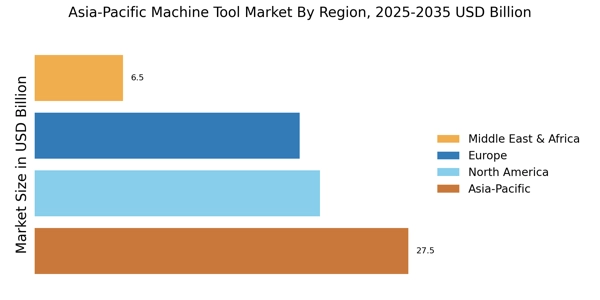
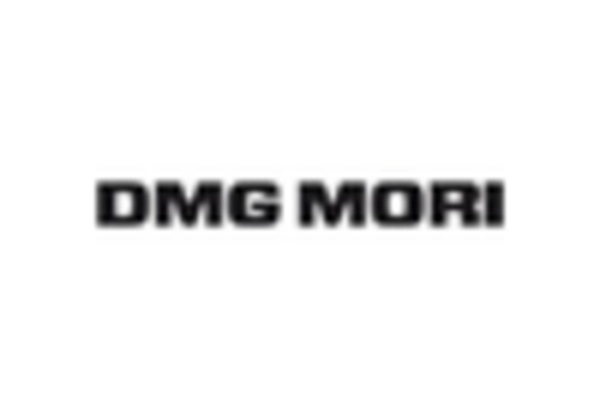
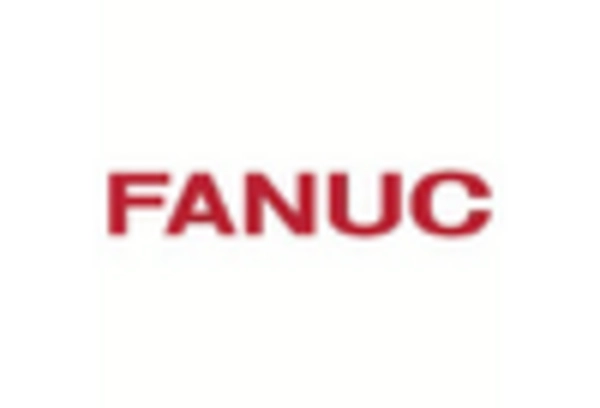
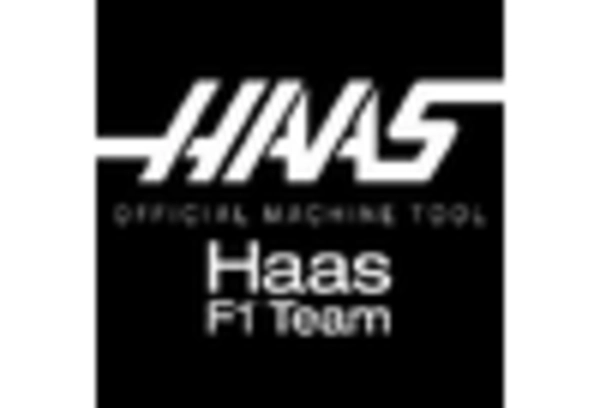
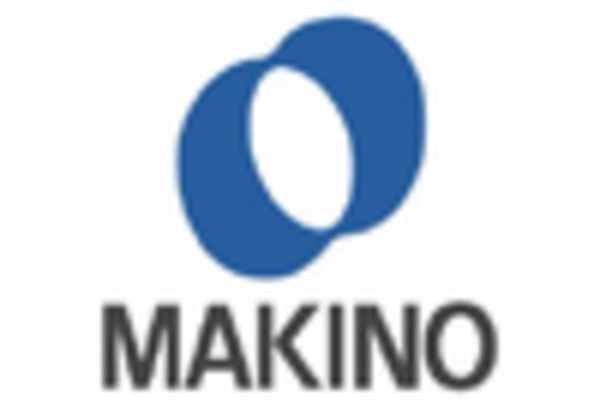

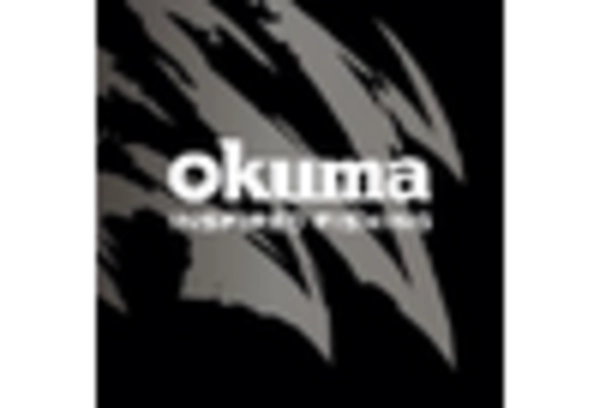








Leave a Comment